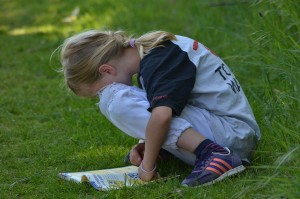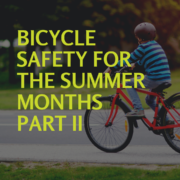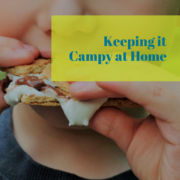Summer Fun for Everyone

Summer is here with the freedom that summer. No classes, no homework, no test preparation—the long days of summer belong to our kiddos.
And sure, it’s great to kick back for a few days…maybe even a week or two. But then comes the dreaded whine, “I’m bored!”
For students used to schooltime routines and deadlines, summer can be a long time to roam free. Much as students may be loathe to admit it, most of them long for a little guided inspiration and intellectual stimulation during this down time. The key is to make it fun!
Snap the Moment: Create a picture journal of summer travels and experiences. Write a word, sentence or narrative, based on your child’s age. Strengthens writing and thought sequencing.
Tackle DIY Projects: Build a scooter, sprinkler or obstacle course. Have your child purchase items from the store and discuss budgeting and money. Integrates math, planning, measuring.
Prepare a Family Dinner: Cook with your kids. Plan a menu, shop for ingredients, follow recipe. Incorporates reading, measurement and nutrition.
Plant a Garden: Choose flowers or fruits and vegetables. Ask your child to draw the plant and label its parts. Chart the plant’s growth, pollination and maturation.
Plan a Party or Trip: Have your child plan a back-to-school party or fun event with a budget and guidelines. Reinforces lessons on sequencing, breaking down larger tasks, math, money and responsibility.
Create a Blog: Have your child start a blog or send emails to family members updating them on their summer adventures. Strengthens writing skills, promotes creative self-expression and introduces technology usage.
Start a Family Book Club: Read classics together. Have kids visualize what was read and ask comprehension questions. Include fun activities based on the book’s theme: dress like the characters, eat a meal based on the book, watch the movie afterwards and discuss the differences.
Get Physical: Keep it moving; keep it fun. Decorate a beach ball with math facts or next year’s word wall words, and then throw the ball back and forth and answer the top question. Have a tug-of-war with spelling or historical facts. Take a hike and have kids read the map and plan the route.
Get Outdoors: Explore festivals. Learn together in a non-traditional way. No need to travel to an exotic land, as D.C. offers wonderful learning opportunities for diverse interests.
Volunteer: Explore a field of interest and gain valuable experience. Develop professional and personal skills and make career connections.












